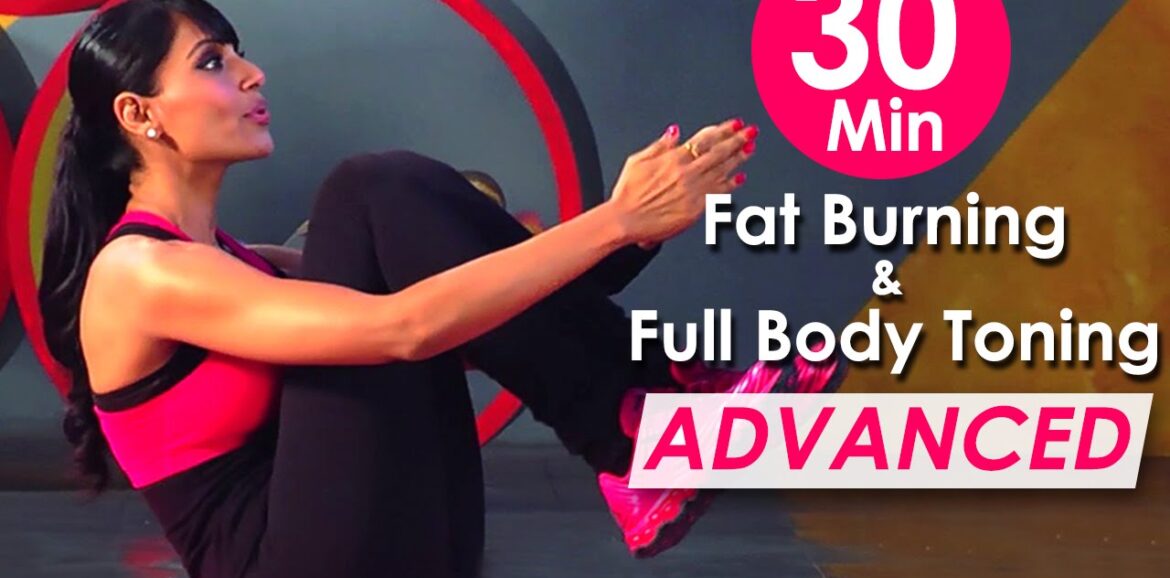Ten minutes of exercise per day is admirable because it is far superior to zero minutes of productive energy expenditure. Exercise physiology and weight loss science, on the other hand, point to 30 minutes of exercise per day, at least three times per week, as part of your best body fat improvement scenario.
The bottom line is that almost all experts agree that prolonged, low-to-moderate-intensity physical activity is still the most important and adaptable factor in energy expenditure for weight loss.
If you’re “averagely overweight,” that is, not doctor-diagnosed with extreme obesity, or if you simply want to feel better by losing or shedding a few pounds, there’s good news for you – from ACCREDITED, dependable, and trustworthy experts who care about your well-being. [See also: ACE, ACSM, AHA, or AHA.]
Truth: Ten minutes of daily exercise is admirable because it is far superior to wasting zero minutes of productive energy. Exercise physiology and weight loss science, on the other hand, point to 30 minutes of exercise per day, at least three times per week, as part of your best body fat improvement scenario.
Why is 30 minutes so effective, and what is the other component of an effective weight loss scenario?
There are only three possible energy systems in your body. Two of them are completely oxygen-independent. However, in order to metabolise fat, your body requires the presence of oxygen. In a nutshell, brief, especially “quick” exercise bouts seek out quick energy sources. These are found in the blood and muscle. It takes more than a few minutes to significantly tap into your fat stores, let alone burn enough of it for an extended period of time to lose significant body weight.
This is almost the polar opposite of muscle tissue, where you can see and feel results almost immediately. Patience is required for fat loss. You simply need to give yourself TIME to allow the effects of exercise to take effect.
Determine Your Aerobic Threshold
Generally, exercise begins with a 1-3 minute warm-up phase.
If you keep your intensity within your target heart rate training zone (about 120 heart beats per minute – an estimated average for most non-healthy adults), you’ll spend the next 7-10 minutes reaching your aerobic threshold.
Staying close to, but just below, the point where your muscles burn (due to an overly-intense performance causing lactic acid buildup) will result in a nearly perfect “fat-burn.”
However, this extremely special meeting only happens at medium to low intensity , which takes longer periods of time.
Lipids (simplified term for “non-water-soluble fats” in your system) must travel from the outside of a cell through the cytosol, mix with pyruvate, and then mix with oxygen…
then go to your “furnace” (mitochondria).
This is where you break down fat into your “rewarding and much-wanted” by-products – energy (the work you’ve done), H2O (sweat), and carbon dioxide (a lot of continuous “exhaling”).
So, if you stop after 10 minutes, you are depriving yourself of an additional 10 calories or more per minute of weight loss, primarily from fat stores.
Reasons to Exercise for More Than Ten Minutes
Having said that, there is an even more monumentally powerful yet scientific reason why you should exercise for more than ten minutes. In fact, at least 30-minute exercise sessions are most effective for weight loss and endurance improvement. You will gain three major advantages as a result of this:
First, you maintain your LEAN body mass (which you need because it burns fat far better than fat can burn itself).
Second, you get to burn the most calories possible (the true key to losing weight, which is a time-consuming endeavour).
Third, your prolonged physical activity causes your body to alter the way it uses food internally or metabolically (for example, getting three-fold increase in calories expended, compared to person remaining sedentary.).
To summarise, experts have now reached an agreement.
The bottom line is that virtually all experts in diabetic science, obesity control, dietetics & nutrition, exercise science & personal training, and exercise physiology agree that long-term, low-to-moderate-intensity physical activity is still the most significant and adaptable factor in energy expenditure for weight loss.
Combine that with pragmatism and logic, and apply the following advice:
Base your safe, effective weight loss goals on the fundamental principle that you must change your energy balance in the negative direction by expending approximately 500 calories per day through intelligent manipulation of both exercise and diet.
You’ll discover that changing your diet alone isn’t nearly enough to accomplish this feat.
Exercise, on the other hand, allows you to achieve your weight loss goals much more comfortably and conveniently, as well as safely, for long-lasting and health-enhancing results.
-End-

